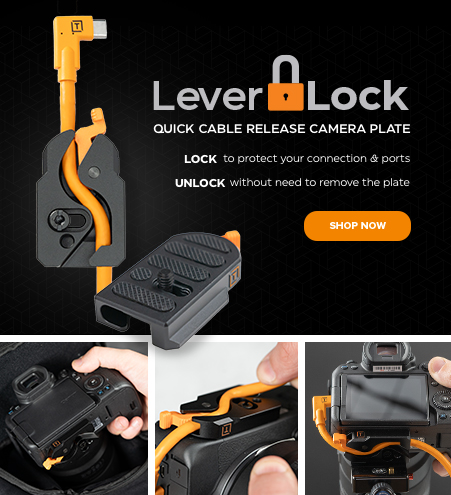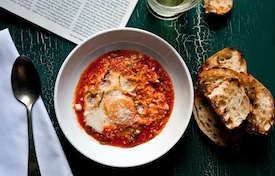
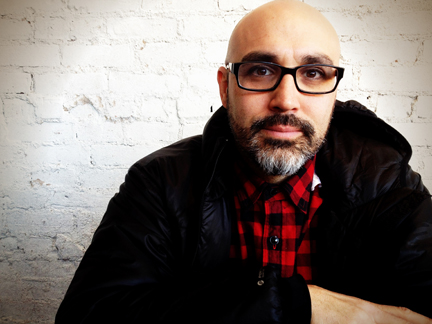
Andrew Scrivani is a New York freelance commercial and editorial photographer, food stylist, and writer whose work has been published in The New York Times, Eating Well Magazine and The Wall Street Journal. He’s photographed for two New York Times bestsellers and his images are featured in ABC TV’s The Chew Every Night, which is due out this fall. Andrew’s photos also are currently being used in international advertising campaigns for Red Lobster and Sargento Cheese.
My first camera was…
A Polaroid, of course. I guess it was there that the hunger for the immediate gratification we get with digital was born. I did have many cameras after that, from the ill-fated Kodak disc camera to cartridge point and shoots and of course a Nikon SLR.
I got started in food photography…
Almost by accident. I was a guy doing small assignments for New York Times dining and when they found I could cook, too, I got some jobs where I could cook and shoot the food. From there I saw an opening and took everything I could in food.
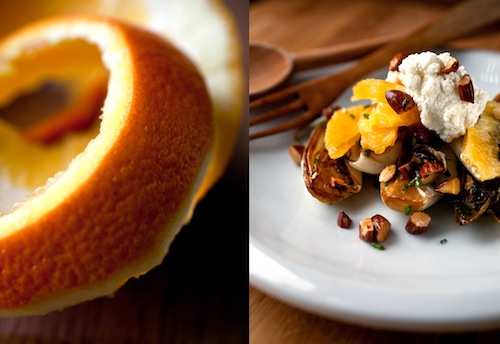
I wanted to become a food photographer because…
I saw an opportunity to express my love for visuals and food simultaneously. I was raised in an Italian food culture and people were always so passionate about food. I wanted to translate that to my visual style. I wanted to show food as the object of desire that it really is.
My first paying photography job was…
I was asked to surreptitiously photograph people shopping for meat in the supermarket. It was for an exposé on the way meat is dated. I hid the camera inside my jacket and stuck the lens of my point-and-shoot (because it was the smallest camera I had) out through the zipper. I felt like a spy. Very exhilarating.
My first major photography job was…
In this world big means advertising and I got a nice break and shot for Sargento Cheese. It was incredible to me how much money commercial entities spent on photography. I had a friend help me price out the job and I was almost embarrassed to send the estimate. It really opened my eyes and taught me a lot about how much photography is actually worth.
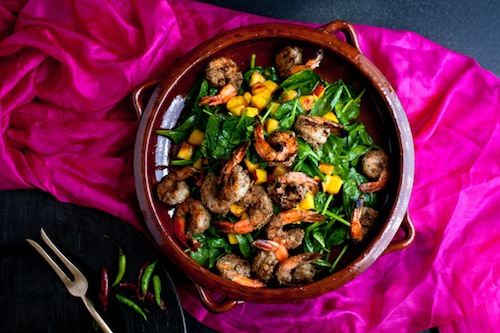
I would describe my style or shooting philosophy as…
I see those as different. My style has been described as “painterly” and “graphic” and “lustful.” I would say my philosophy is to make the picture you want to make. Even with art direction there is still room for you to express yourself and find a style that is identifiably yours.
Some of my industry role models are…because…
When I was finding my style I really admired Quentin Bacon because I felt he photographed food with the ethic that I ascribed to. I also think we can all learn things from conflict photographers who can make interesting and beautiful images while bullets are flying over their heads. I’ve seen incredibly artistic and sensitive imagery that was made mere feet from certain death. We could all learn something from that level of focus.
I knew there was no turning back when…
I knew this was it when I quit my job. I was a high-level administrator in education when I began shooting part-time. When I walked away from a well-paying career, health insurance and a 401K, I knew I was in the deep water and had better swim…and fast.
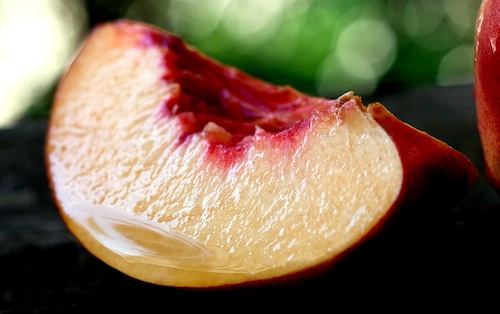
If I could choose one dream gig, it would be…
In photography, I would travel the world photographing all of the people and cuisines of the globe. I’d like to be the Anthony Bourdain of food photography. Otherwise…catcher for the New York Yankees.
Before I got started in the industry, I wish somebody had told me…
That being an artist is only about 30 percent of the job. Being organized, a good negotiator, a good self promoter, being able to discuss your work in an intelligent way, and being a good schmoozer are all part of being successful in this business.
One thing no one could have ever prepared me for is…
I, like many others in the creative arts, have a very hard time with criticism. Our work is very personal and when you do it for yourself nobody tells you, “that shot doesn’t work” or “can you re-shoot this.” Until you experience that and grow a thick skin nobody can really prepare you for how that feels.
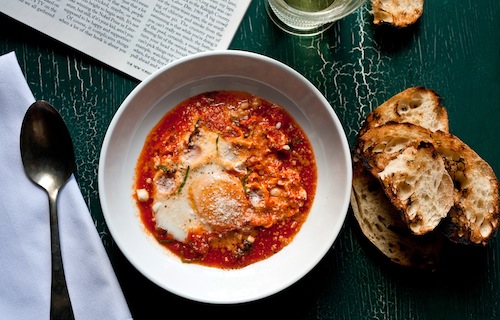
My favorite piece of gear is…
My little cheapie Canon 50mm macro 2.5 lens. It’s small, light and lets me get right on top of my subject for those really tight close-up shots. I have lenses that cost 4 times what that one does but I fall back on it all of the time.
Do you shoot tethered?
I shoot tethered only when I have clients on set. Otherwise, I prefer to be handheld and mobile. Shooting tethered is very helpful when you are working with an art director on set. Being able to show the client the images often lets the shoot move faster because once they are happy you can go to the next shot.
What is your current set-up?
I used to only use the Canon software but found that limiting. I am in the process of converting to shooting tethered with Adobe Lightroom. I have used Capture One but only when I have a budget for a digital tech on a shoot.
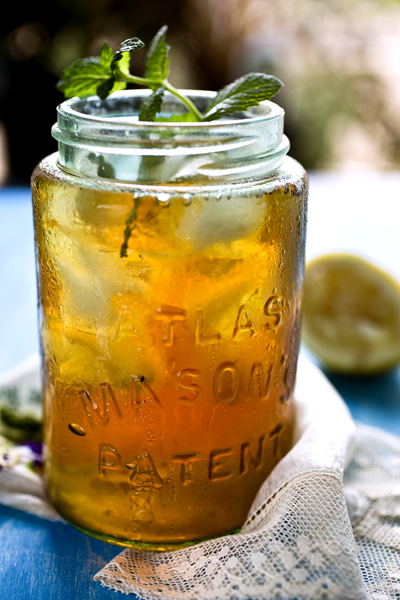
Do you integrate your iPad into your workflow?
Actually, I use my iPad to control my new Go Pro camera. It’s a cool set-up. I also have moved away from print portfolios and use my iPad to show my work to potential clients. I still have the print ones but use the iPad much more often.
What are your top pieces of advice for someone who wants to become a food photographer?
The world is flooded with food photography and lots of people who fancy themselves food photographers on the internet. Don’t be lured into the Instagram vortex. I tell students at my workshops, “even a blind squirrel gets a nut once in a while.” Find a style and be able to recreate that style everywhere, under any conditions, any day of the week. That is when you are a pro. It takes hard work, an understanding of food and, above all, technical proficiency. Learn everything that camera can do and whatever you decide to photograph will look that much better.



